Who is the pilot in command of your aircraft?
Air Facts
FEBRUARY 10, 2025
Who is the pilot in command of your aircraft? Air Facts Journal The pilot in command of an aircraft is directly responsible for, and is the final authority as to, the operation of that aircraft. Make sure your expectations match reality before you blast off on a single-pilot IFR flight. George works for you.

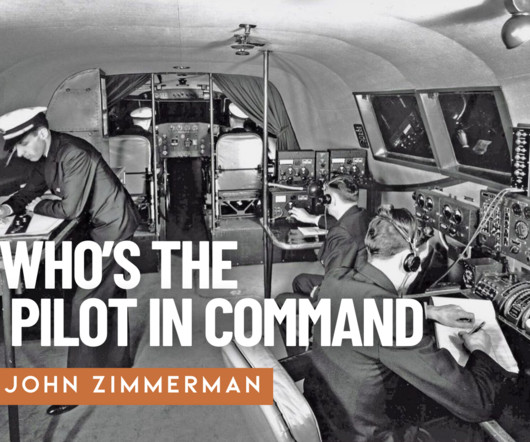




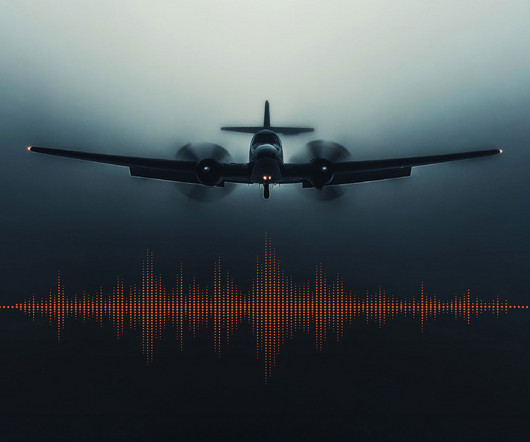
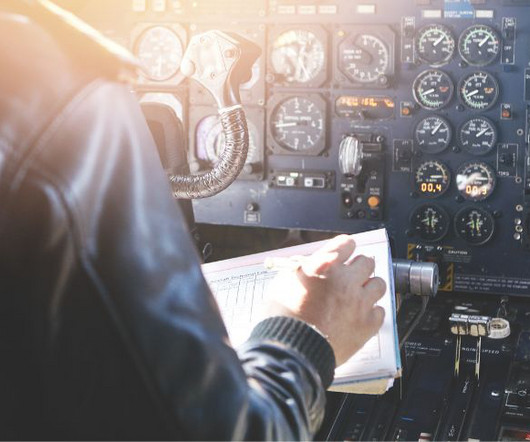




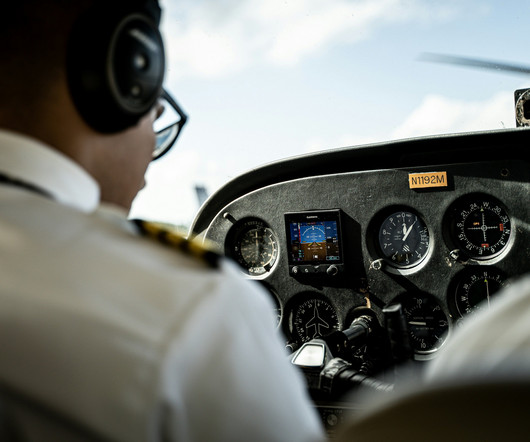
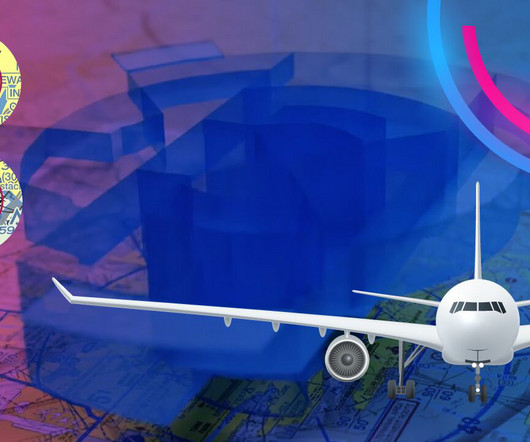






Let's personalize your content